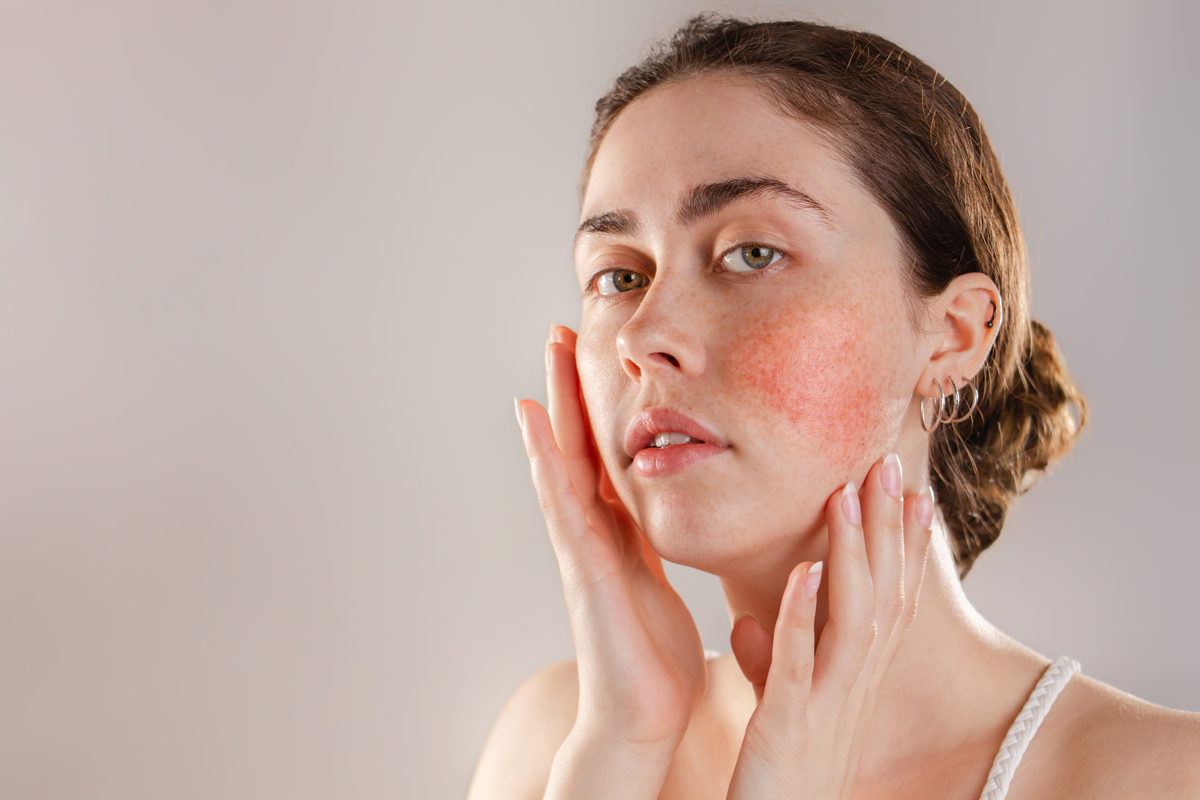An ingredient that is frequently prescribed by dermatologists but may not be well known by all patients is azelaic acid. There are numerous possible uses in dermatology for azelaic acid including in treatments for acne, rosacea, and melasma. Azelaic acid is a powerful anti-inflammatory and antibacterial that fights acne-causing bacteria, reduces inflammation, and exfoliates the skin. In general this acid is well-tolerated and effective for many patients with dermatological conditions.
What is Azelaic Acid?
Azelaic acid is a naturally synthesized acid found in wheat, rye, and barley. It is naturally produced in your skin as well. In plants, azelaic acid sometimes acts as a molecular distress flare to warn other cells of an invading organism. In this way it is a part of a plant’s form of an immunity system. However the azelaic acid used in dermatology is typically synthesized in a lab.
Azelaic acid is typically compounded in a cream although it can also be made in a gel, foam, or even in a chemical peel solution. Often a lower dosage is started at first to test for any possible reactions like scaling, redness, or itching. Unlike some skincare medications like hydroquinone, azelaic acid itself does not result in increased photosensitivity. Also compared to some medications for skin conditions like acne, azelaic acid is generally recognized as being safe for pregnant women (always consult with your doctor before considering a new treatment when you are pregnant). Since a low amount of the medication is absorbed into the body it is usually safe for nursing mothers as well.
Most patients use the cream or gel two times per day – in the morning and before bed. However if you have sensitive skin your doctor may switch you to a once daily or once every other day dosing regimen. It can take some time to see the best results. Typically the cream needs to be used for up to 12 weeks before an effect is noticed and a treatment course can be at least 6 months.
What Does Azelaic Acid Do For the Skin?
Azelaic acid works by exfoliating, killing bacteria, reducing inflammation, and inhibiting tyrosinase. In numerous clinical trials, azelaic acid has been shown to be effective:
- 15% azelaic acid gel applied twice daily reduced post-inflammatory hyperpigmentation (skin changes after acne clears) over 16 week period
- A combination of azelaic acid and glycolic acid had a statistically significant decrease in MASI score in patients with melasma after 12 weeks of use, compared with azelaic acid alone.
- Melasma responded better to azelaic acid during second treatment month compare to treatment with hydroquinone.
The most popular azelaic acid formulation our pharmacy compounds is azelaic acid 15%, hydroquinone 8%, kojic acid 4%, tretinoin acid 0.1% cream. We compound a variety of other formulations with different strengths of ingredients. A regular azelaic acid 15% gel or foam is commercially available and sold under the brand name of Finacea or Azelex.
Azelaic Acid for Acne
Often times it is assumed that to clear acne a stronger treatment like tretinoin is required. However treatments that are much less harsh often can be more effective with fewer side effects. Several ways that azelaic acid works benefit acne in particular. Bacteria that cause to acne flare-ups can be reduced while reducing inflammation from current flare-ups. Exfoliation helps clear dead skin that can clog pores and lead to more acne. Basically azelaic acid prevents acne while calming the skin and reducing redness.
Azelaic Acid for Rosacea
Rosacea is a chronic condition that is characterized by facial redness, telangiectasia, and flare-ups of papules and pustules. In a study of 251 patients it was found that the use of 15% azelaic acid gel twice daily for 15 weeks “demonstrated significant superiority over using 0.75% metronidazole gel in improving principal signs of rosacea (inflammatory lesions and erythema).” In this study, the results for metronidazole peaked at about 8 weeks. The azelaic acid gel showed progressively greater improvement through 15 weeks of treatment. Few adverse effects were reported with only a few patients discontinuing treatment.
Azelaic Acid for Melasma
Azelaic acid is an effective treatment for melasma on its own as well as in combination with other medications like retinoic acid. In some trials, 20% azelaic acid was shown to be more effective than 4% hydroquinone in treating melasma. Azelaic acid is tyrosinase inhibitor that helps reduce the abnormal pigmentation changes associated with melasma.
Articles
A comparison of the effectiveness of azelaic and pyruvic acid peels in the treatment of female adult acne: a randomized controlled trial – Scientific Reports
Priming in Systemic Plant Immunity – Science
A Comparison of 15% Azelaic Acid Gel and 0.75% Metronidazole Gel in the Topical Treatment of Papulopustular Rosacea Results of a Randomized Trial – JAMA Dermatology
A Comparative Study of 20% Azelaic Acid Cream Monotherapy versus a Sequential Therapy in the Treatment of Melasma in Dark-Skinned Patients – Pharmacology and Treatment

